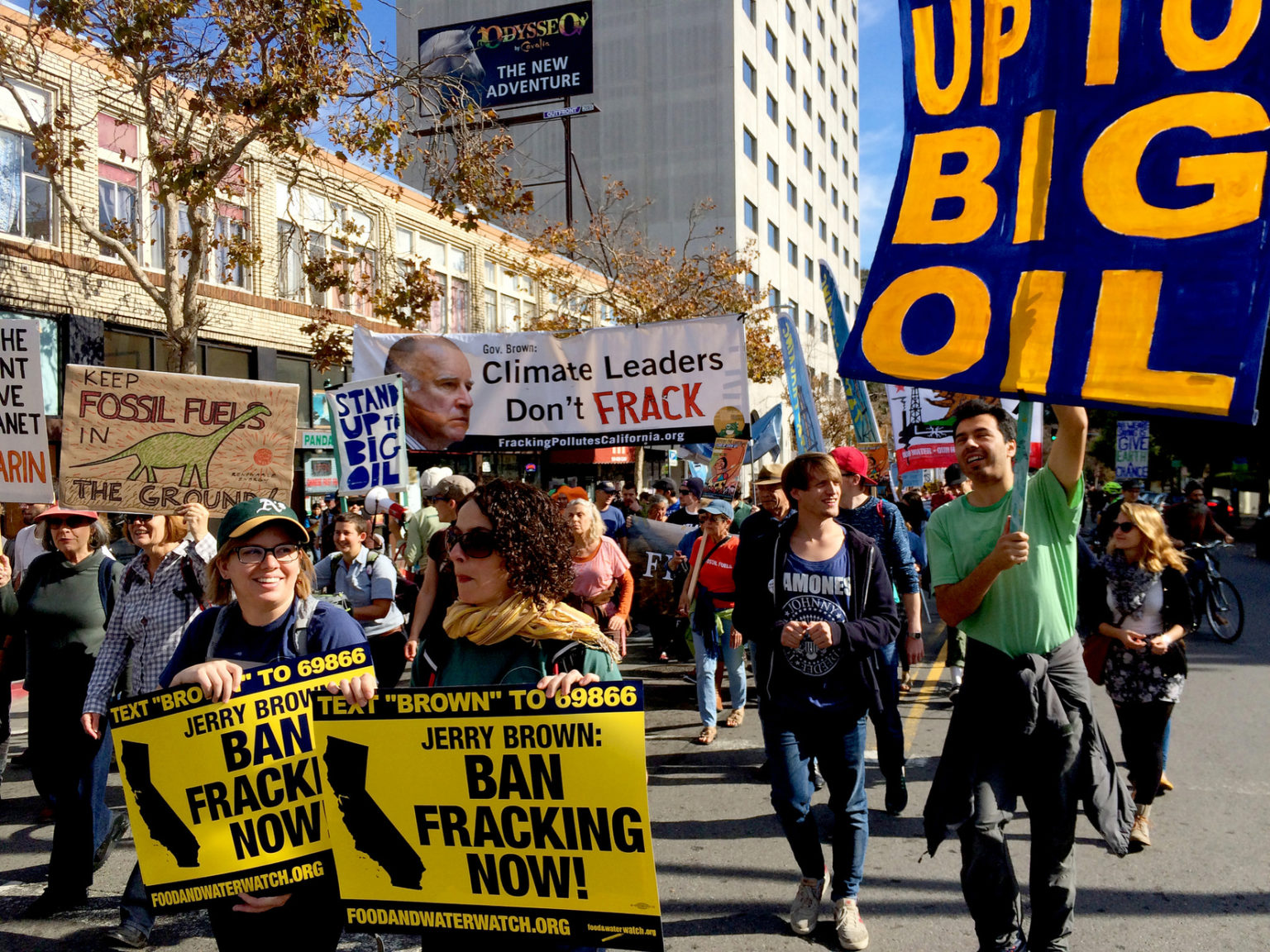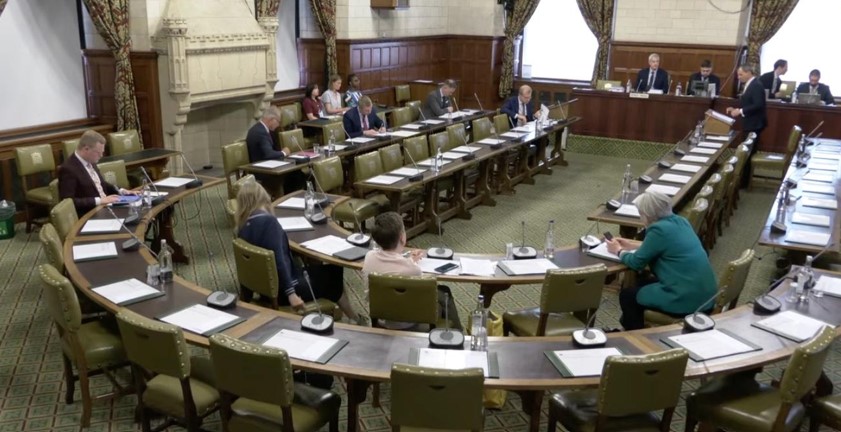An environmental impact statement released by the Bureau of Land Management (BLM) Thursday “ignores risks of hydraulic fracturing” according to an environmental group that took the agency to court for similar omissions in 2013.
The BLM’s latest environmental impact statement and resource-management plan looked at opening up 400,000 acres of federal land in Monterey, San Benito, and Fresno counties to oil and gas development.
However, according to the Center for Biological Diversity, the agency offers inadequate analysis of the pollution and effects of hydraulic fracturing (“fracking”) and other extreme extraction techniques for natural gas.
The Center, along with the Sierra Club, filed suit against the BLM in 2013, alleging that the BLM violated the National Environmental Policy Act when it auctioned approximately 2,500 acres of land in California’s Monterey County to oil companies without fully considering the environmental dangers of fracking.
U.S. District Judge Paul Grewal in San Jose rebuked the BLM, saying it violated U.S. environmental law in declining to conduct a full-fledged environmental impact study of its oil leasing for the Monterey Formation. Grewal stopped short of ordering leases cancelled, but ordered the parties to negotiate a settlement.
In the settlement, the BLM stopped oil and gas leases in California and it hasn’t issued a lease there since then. But environmentalists worry that incomplete analyses by the BLM will open the door to the sale of public lands in California.
“We know that the incoming Trump administration will be attempting to expand fracking in public lands, so the fact that this [environmental impact statement] is so inadequate is rather disturbing,” Briana Mordick, senior scientist with the National Resources Defense Counsel, told DeSmog.
She added that the BLM’s analysis amounts to a step in opening up public land along California’s Central Coast.
Claire Lakewood, a staff attorney with the Center for Biological Diversity, told DeSmog that the BLM’s most recent analysis suffers from sins of omission rather than commission. In short, she says the environmental impact statement:
- Failed to consider alternatives to fracking on public lands.
- Didn’t consider the impact of disposal wastewater.
- Assumed the air emissions from fracking to be similar to oil and gas extractions generally, despite the use of unique chemicals in fracking.
- Did not consider the environmental impact of disposing of fracking wastewater.
The draft plan is open for public comment for 90 days.
“The biggest problem is that the BLM is still talking about opening up more federal lands to fracking at all, when they could have said no more fracking leases, period,” Lakewood told DeSmog.
Lakewood and Mordick say that leasing lands for fracking in Central California opposes what the residents of that area want. Both Monterey County and San Benito County voters recently passed ballot measures banning the controversial technique.
The BLM says that 90 percent of wells drilled on federal lands nationwide use hydraulic fracturing, or fracking, to extract oil and gas.
“Now would be a good time for Governor Brown to step up and put actions to his words and show that he’s an environmental leader,” Lakewood said.
In December, the California governor asked President Obama for a permanent ban on offshore drilling, but he’s remained opposed to a statewide fracking ban.
A 2015 report from the California Council on Science and Technology concluded that fracking in California poses a threat to drinking water aquifers due to its shallow activity and unusually high chemical concentrations.
Judge Grewal’s ruling in 2013 was the first court opinion to invalidate a federal lease sale for failing to address the dangers of fracking. In 2016 U.S. District Judge Michael Fitzgerald dealt another blow to oil companies by also saying the BLM ignored the environmental impacts of fracking in another case in Central California.
Environmentalists say that the courts might be the last refuge for protecting the environment under a Trump administration.
“The Trump administration will still have to comply with laws like the National Environmental Policy Act,” Lakewood told DeSmog. “But if it doesn’t, there will be lawsuits.”
Main image: An anti-fracking climate rally took place in Oakland, California, in November 2016. Credit: Ella Teevan, Food and Water Watch, CC BY 2.0
Subscribe to our newsletter
Stay up to date with DeSmog news and alerts







